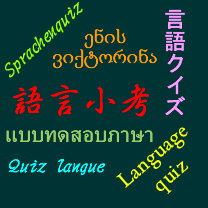Recently I’ve noticed the abbreviation MSM appearing in some of the articles I read online. When I first saw it I guessed it had something to do with Microsoft – maybe Microsoft Media, or something like that. Eventually I worked out that it stood for mainstream media.
According to Wiktionary, MSM can also stand for mirror, signal, maneuver – something you are often told when learning to drive, at least in the UK. In the USA you can be awarded an MSM (Meritorious Service Medal), and it also stands for Modern Standard Mandarin.
The Acronym Finder gives a number of other things that MSM stands for, such as Miami Sound Machine, Mechanically Separated Meat, and Magnetic Shape Memory.
When I go to my dentist she uses the abbreviation NAD when checking my teeth. I guessed it stood for No Apparent Damage or something similar.
The Acronym Finder gives the following possibilities: No Apparent Distress, No Abnormality Detected or No Active Disease.
According to The Free Dictionary, NAD could mean No Appreciable Disease, No Abnormality Discovered, Nothing Abnormal Detected, or No Abnormalities Detected.
Does anybody know what NAD actually means in a dental context?
Are there any abbreviations or acronyms that you leave you stumped?


